For the past 40+ years, farmer Joe McCoy has greatly enjoyed the peace and quiet at his home on the lower peninsula of Michigan. His backyard is surrounded by nature and filled with and magical encounters. It wasn’t until just this week when a few of his geese were killed that he suspected trouble. He figured he’d take a look and see if there were any predatory animals mingling around, looking for a fresh meal.
That’s when he saw something majestic, and a rare sight to behold. It was a Canadian Lynx, the first of its kind to be seen in the Thumb area since 1917!
“On the other side of that fence there, an adult lynx picked its head up and looked right at me, and I thought, I’m not going to shoot that; I don’t care if he eats the geese or not,” McCoy told MNDU Channel 16 News.
Harbor Beach Harbor, Michigan is located on the west shore of Lake Huron about 60 miles north of Port Huron, Michigan.
Clearly McCoy knew that this was a special sighting. But he wasn’t exactly sure just how truly extraordinary it was! That is, until the big cat’s species was officially confirmed on record as a Canadian Lynx:
“My first reaction was, it’s got to be a bobcat. But it’s the DNR and it did turn out to be a genuine, confirmed lynx,” said Howell Nature Center Director of Wildlife & Education Dana DeBenham.
The fact that this big cat allowed McCoy to come within such close proximity sparked major concern. This is certainly not typical behavior for a wild cat of this species.
“The farmer could come up within 15 to 20 feet from it, that it was staying right in his backyard. In our opinion, it wasn’t behaving normally,” said DNR Endangered Species Coordinator Dan Kennedy.
Want to know more about the lovely Canadian Lynx? Our friends at the Big Cat Rescue have detailed information regarding these beautiful big cats…
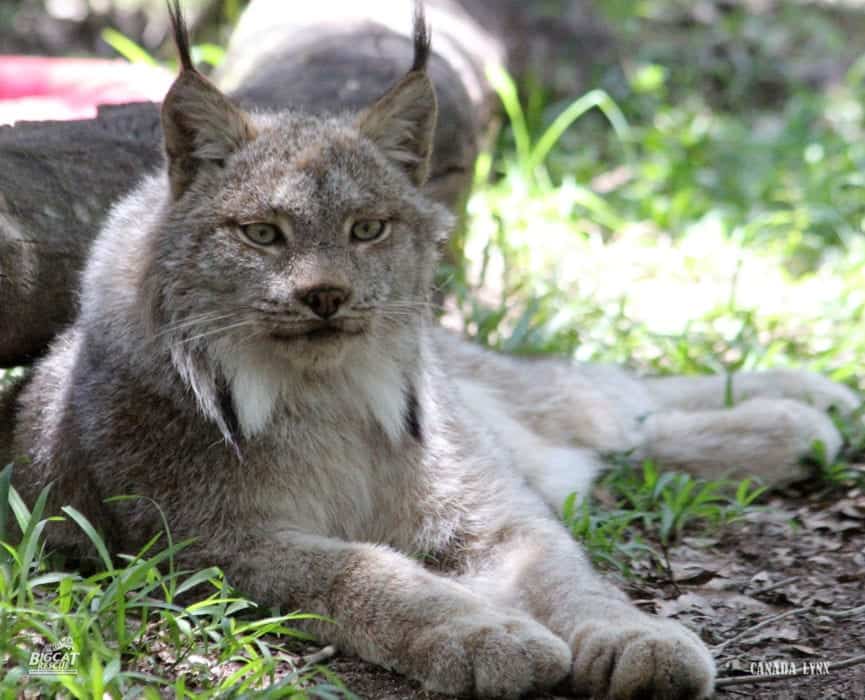
Image Courtesy of Big Cat Rescue
The Canadian Lynx is considerably smaller than its Eurasian counterpart, approximately half the size. Its fur is usually white tipped, giving it a frosted appearance, and is only indistinctly spotted. The coat color ranges from a reddish-brown to gray, and also occurs in a rare “blue-lynx” which is the result of a genetic mutation. They have a flared facial ruff, black ear tufts, and long hind legs with a short tail.
Their large, wide-spreading feet are covered in fur, which act like snowshoes, and are effective in supporting the cat’s weight on the snow. They are often confused with their smaller feline cousins the Bobcat, but can be easily distinguished by their tail tips. The tail of the Lynx looks as though it was dipped in an inkwell being black all the way around. Whereas the Bobcat’s tail appears to have been painted black on top and white on the bottom.
It seems that the Canadian Lynx is quickly garnering attention and fans in the area.
Currently, it awaits transfer to the Detroit Zoological Society for a thorough physical examination and behavioral assessment.
“To see this beautiful animal up close, I mean…it’s like a ghost in the forest,” gushed Dana Debenham, Director of Wildlife and Education for the Howell Nature Center.
Each year the Howell Nature Center of Howell, Michigan takes in approximately 4,000 animals in need and helps to rehabilitate them and release them back into the wild if possible.
This past Monday, they released a statement to inform the public of the Canadian Lynx and their future plans for the rare big cat:
“This is not far from where a lynx was recently confirmed on video in February. The Canada Lynx is classified as a threatened species in Michigan with only rare sightings occurring in the last 40 years, primarily in the Upper Peninsula.
According to a DNR representative, this is the first live lynx captured in the state.
At this time, we are allowing him (or her) to settle after a stressful few days. Though caught in a leg-hold trap, no limp has been observed as yet.
A full physical examination under anesthesia will be performed soon. It is not yet clear if the lynx is a released/escaped illegal pet or is in fact, truly wild. After physical and behavioral assessments are performed, a determination will be made if it can be released back to the wild.
According to the DNR, this would likely take place in the Upper Peninsula. Michigan’s “Thumb area” is poor habitat for an animal who prefers a large territory of dense conifer or boreal forests.”
Gilligan, at Big Cat Rescue, showing off his cat calls for the camera!
As for now, the geese-hunter is said to be purrfectly calm and at ease despite his/her captive state. It is still uncertain whether or not this Canadian Lynx was an illegally owned pet that has become lost. It may in fact be a wild Canadian Lynx that just happened to stumble right onto someone’s private property.
In a statement by Michigan’s Department of Natural Resources, the following was made clear:
“If it was held in captivity, then we’ll likely try to keep it in captivity, and if it was wild, then we will release it…If they determine it to be healthy, it’s going right back out there.”
Experts are still trying to determine whether the lynx was declawed. They want to be sure it is accustomed to life in the wild. When the decision is made, it will be based upon the best interest of this wild cat’s chances of survival.
The DNR has confirmed that this lynx in the Lower Peninsula is the first of its kind since the last official spotting in 1917 in Oscoda County.
REMEMBER: BIG CATS DON’T MAKE GOOD PETS!!!
Related Story:
Related Story:


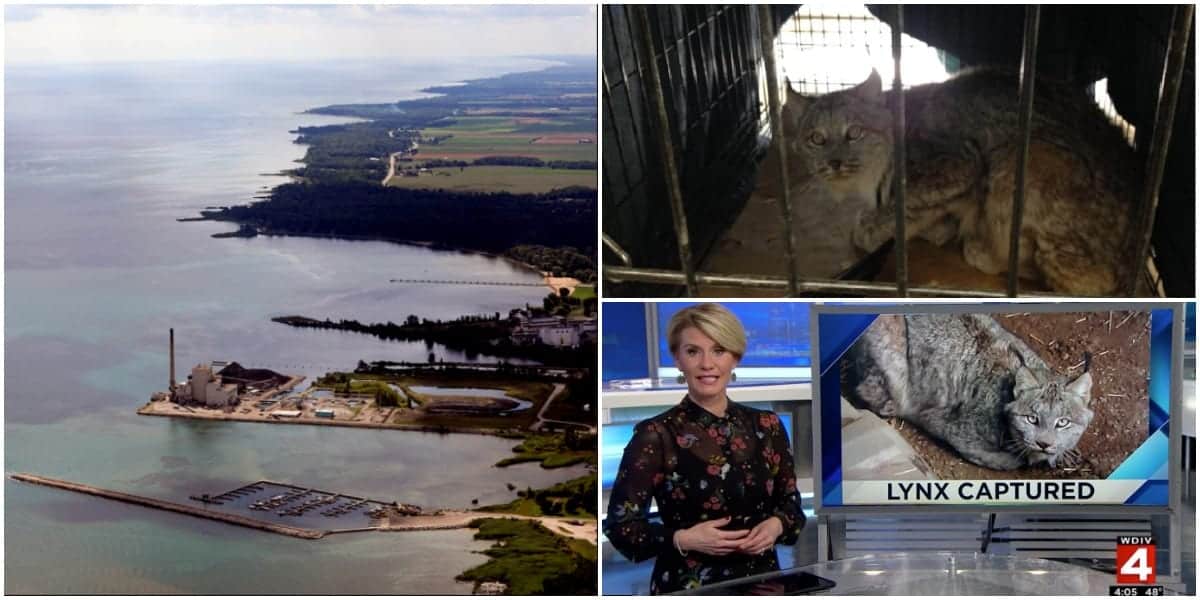




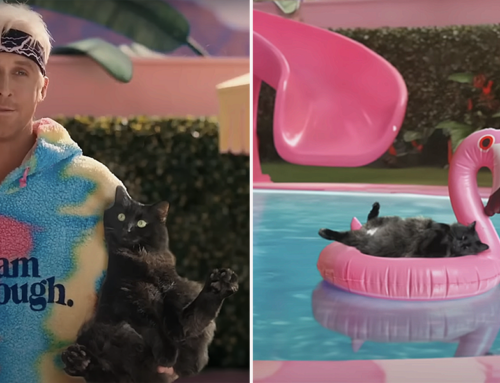


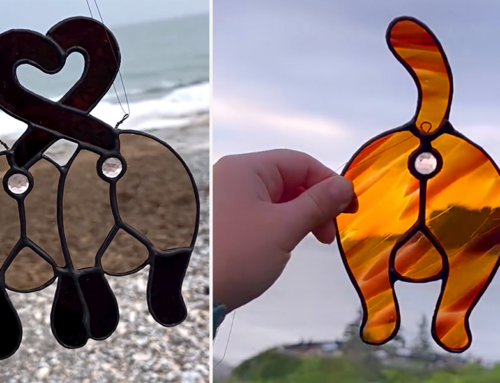
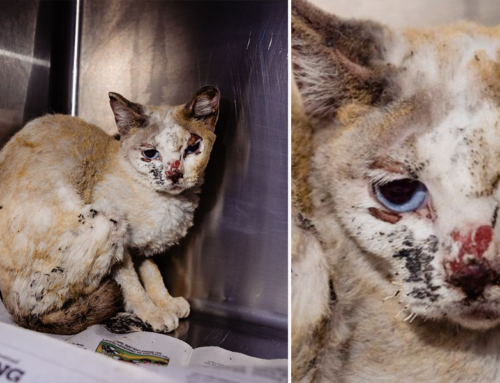
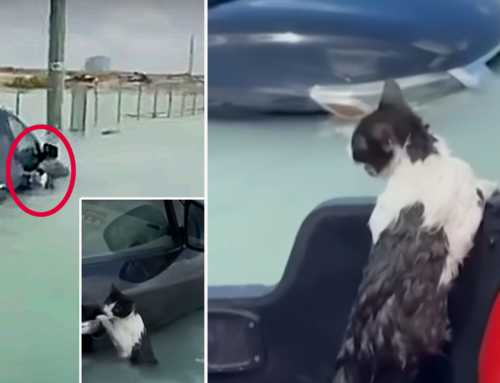
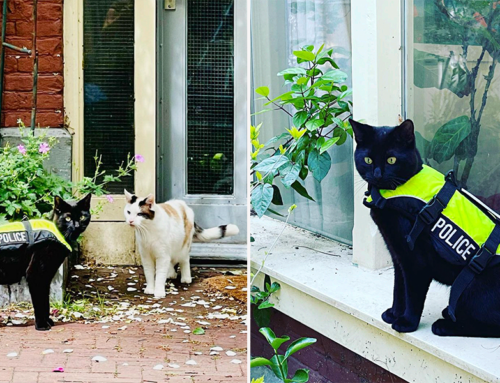
Wildcat Sanctuary Sandstone MN might be a good option if unable to be released
The potential bad news is that she was caught with a leg trap. The certain bad news is that she was trapped at all, while her mate (which was seen near her) remains at large.